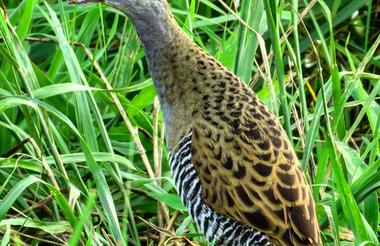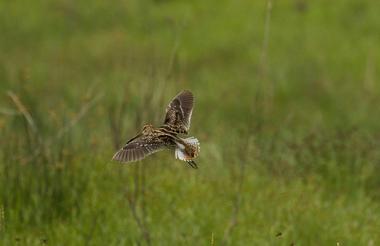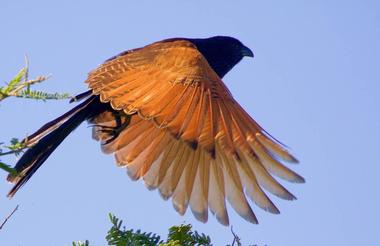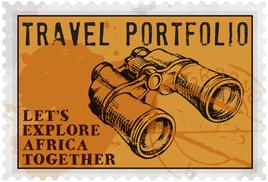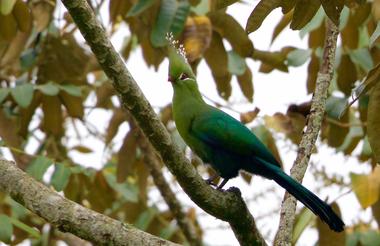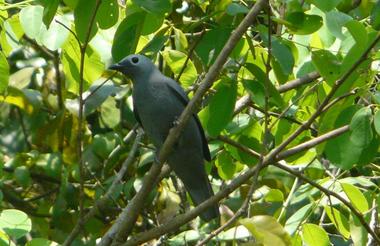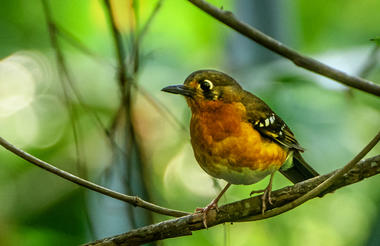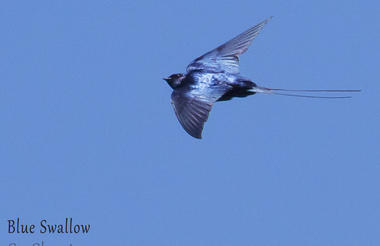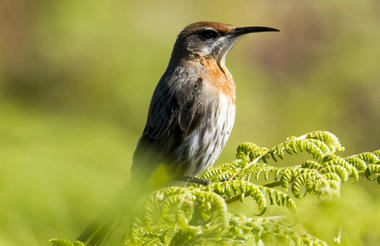Zimbabwe's eastern border with Mozambique is defined by the Eastern Highlands, comprised of three ranges of hills and mountains featuring the lush rolling hills and endless tea plantations of the Nyanga Range, the soaring granite peaks of the Chimanimani Mountains, and the fertile meadows and rich coffee plantations of the Bvumba Range. These breathtakingly scenic mountains serve as an ideal backdrop for the wide variety of outdoor pursuits on offer such as hiking, horse riding, golfing, and trout fishing. The northern reaches of this remarkable wilderness features predominantly rolling heathland which reminded European Settlers of Scotland leading them to create lakes, plant forests and fill the streams with trout. Once the private estate of Cecil John Rhodes, this northernmost area is now known as the Nyanga National Park. From the gorgeous pine forests and trout lakes of this extraordinary park to the yellowwood trees, protea shrubs and refreshing mountain pools of Chimanimani in the south, the Eastern Highlands is the perfect destination for travellers looking to unwind in the tranquillity of nature.



2½ birding days (Harare wetlands, miombo)
Focus: Harare wetland species
The Harare area supports a large number of birds through diverse habitats ranging from miombo woodlands to wetlands and dams, grasslands and granite formations, large and small. Miombo and wetland birds tend to be the primary focus.
Target birds
Wetland species include Yellow-mantled and White-winged Widowbirds, Yellow Bishops, Streaky-breasted Flufftail, Striped Crake, Black Coucal, Dwarf Bittern, Marsh Owl, Yellow-throated, Rosy-throated and Cape Longclaw, African Crake
Miombo specialists including Whyte’s Barbet, Green-backed Honeybird, Wood Pipit, Striped Pipit, White-breasted Cuckooshrike, Boulder Chat, Miombo Rock-thrush, Collared Flycatcher (in season), Stierling’s Wren-warbler, Southern Hyliota, Green-capped Eremomela, Red-faced Crombec, Miombo Tit, African Spotted Creeper, Western Violet-backed Sunbird, Miombo Double-collared Sunbird, Miombo Blue-eared Starling and Black-eared Seedeater.
Ease of birdingMany birds will be easy to see whilst some are elusive or seasonal. Miombo woodlands tend to be quiet in the afternoons so there is the opportunity to sample other habitats for other species. These areas require some walking in hilly terrain but present no difficulty for persons of average fitness. Harare`s wetlands are seasonally flooded and therefore birding for the special wetland species is mostly seasonal (Gum boots a must!)
